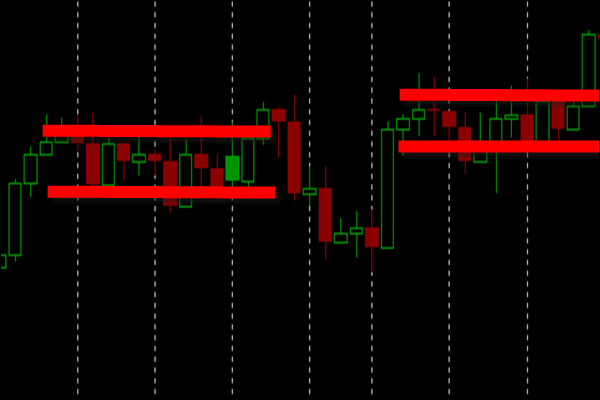How Professional Traders Find Hidden Support and Resistance Using Market Profile
The
markets will tell you where they want to go, if you let them. What it comes down
to is understanding the market mechanism which underlies price moment. When you
operate with that in mind you can see how it plays out in determining the course
of price action and use it to identify the likely course of action.
So what
is this market mechanism? Well, it’s no secret. It’s just something most traders
don’t give much thought to, even though they are a part of it. The markets are
facilitators of financial transactions. Some involve stocks, some futures, some
forex, but all operate with one primary objective – to create the largest amount
of transaction volume possible. The exchanges are motivated to do this for the
fees they receive and the market markets do it so they can make the bid/offer
spread as frequently as possible. And since it behooves them to have liquid
markets where they can readily transaction business, all other market
participants support this structure, allowing the exchanges and market makers
their profits.
Now, how
do the markets create the largest possible transaction flow? By having prices at
the levels which most participants at a given point in time agree to as value.
That is to say, when a buyer and seller come together they have agreed to the
value of the thing they are exchanging, even if it’s just for a split second.
The market’s interest in maximizing volume is to ensure that prices at any given
time best reflect the value perspectives of both buyers and sellers. As a
result, price will always move to find the levels at which the most volume
because the market makers, in response to the market environment, will move them
there.
This
continuous pursuit of value by the market makers is what we see playing out on
the charts. If we know what to look for we can identify the levels at which the
market most found that value – meaning the market spent more time at those
levels and/or did more volume there. There are two “high value” areas on the
chart below.

At the
left of the chart we can see a market searching for value. It is moving rapidly
in one direction. Then it finds that value and spends about 10 periods there.
Something happens to change trader’s perceptions eventually and the market goes
back into a period of trying to find value again. Notice that twice it runs
through the first “value area” along the way before settling at a
slightly higher
value. That is what markets do – move from periods of stable value to ones where
it’s trying to find where the value is and back. It shows up on any chart in all
timeframes and markets.
Candlestick and bar charts don’t always make it easy to really spot the finer
points of where the market has established value, though. For that we can turn
to a different style of charting based on the distribution of prices during a
time period. This is sometimes called Market ProfileÔ
